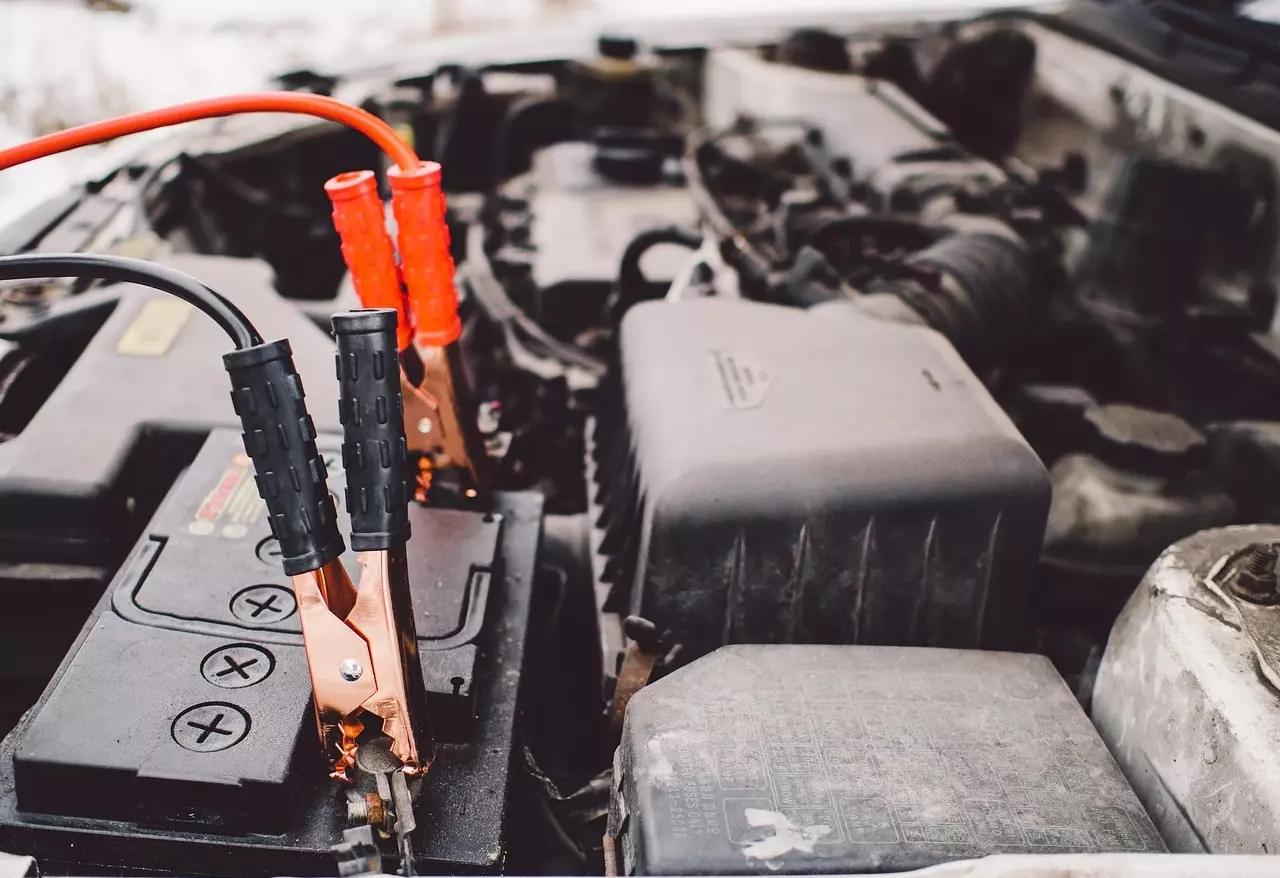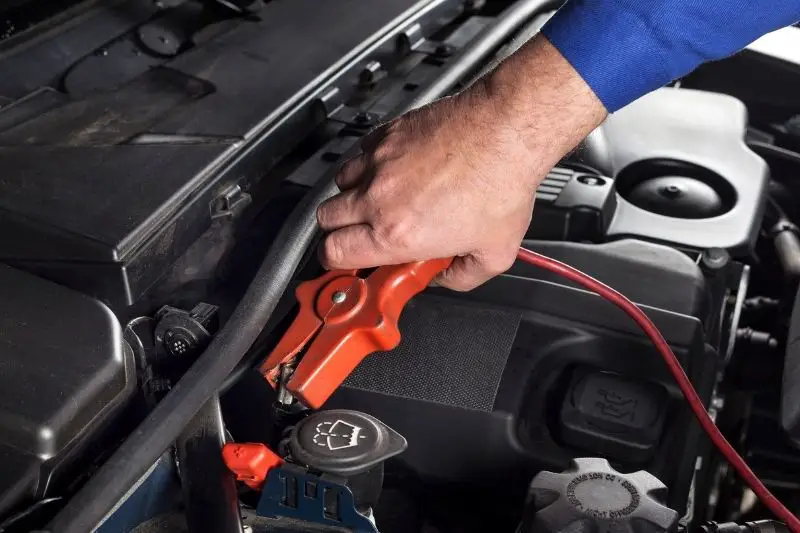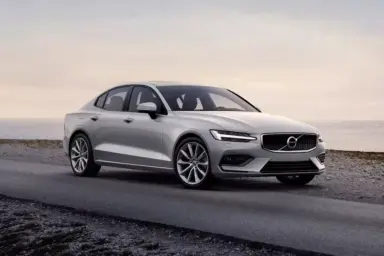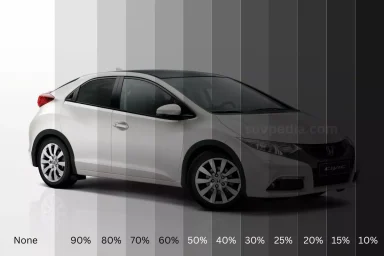Your car will not start without the battery, but the battery can be removed while the engine is running.
This is not recommended as it poses a serious risk to all components due to power surges. Although, when the machine is on, you can run it without a battery using an alternator.
In older generators, the power produced depends on the number of revolutions per minute – the faster the V-ribbed belt moves, the more power the generator produces.
According to experts, it is also dangerous. Although the alternator replaces the battery as the main source of electricity, this does not mean that the battery is not needed.
Stable voltage is extremely important for all electrical components, and the battery’s task is to regulate and maintain it constantly.
If you disconnect the battery while the vehicle is moving, the alternator will continue to supply power to the engine. However, it is assumed that the battery is fully discharged and will run at maximum power to recharge it.
High voltage can cause overheating, premature wear, failure, and even fire without a battery to regulate the voltage to electrical components.
Table of Contents
Using the battery in a car
Car batteries play different roles in different vehicles. Electric vehicles are the main source of energy.
Batteries in electric vehicles replace the need for constant refueling and can be recharged when not in use. Batteries in standard cars are used to start the car.
Without the battery, the car wouldn’t grumble while driving in standard cars. In hybrid vehicles, the battery plays a combined role.
You will mainly use fuel-based power when driving around the city with frequent stops.
On long highway trips, the hybrid car will run on electricity. Essentially, the battery can change the classification of a car.

Car battery components
The main components of a car battery are that it runs the starter motor and the ignition system. The starter is essentially an electric motor that powers the main gas engine. The ignition system is what ignites the mixture of gas and air to provide the combustion the engine needs to run.
Everyone knows that when a car battery dies, it can no longer be started. There can be many reasons why the car won’t start, but when you hear that clicking sound and there is no ignition, it probably means the battery is dead. A click indicates that the starter is working, but the battery is not connected. When the starter is dead, there will be no click.
The car battery also controls the car’s electrical system. Headlights are the main element of the electrical system. This 12-volt battery powers headlights, interior lighting, trunk lighting, and dashboard lighting. That’s why when you leave the light on, the battery drains and you can’t start the car.
So the next question is, why does a car battery drain so quickly that you can’t start your car when you leave the light on, but it can turn the light on for a seemingly unlimited amount of time while running the engine? The first part of the answer is that it takes about 12 volts to start a car.
So if you have an 11.2-volt battery, you’re probably out of luck. The second part has to do with how it recharges while running.
How does it charge
Your car has something called a generator. This takes the mechanical movement of the engine through the alternator belt and generates electricity to recharge the battery. It’s like a relationship.
The car battery starts the engine, which in turn recharges it when it runs on gasoline. That’s why after you’ve started the car, you should probably let it run for a while before turning it off again.
Connected to the generator is a small computer that tells it to charge or stop charging the battery. This is a great little thing to make it work because if you overcharge the battery, you can create hydrogen, which can cause the battery to explode.
So why do you have to buy a new car battery so often?
Well, batteries generally don’t last as long as they last. Most 12-volt batteries hold about 13 volts.
A mechanic once told me they call it 12-volt batteries because 13 is an unlucky number. I don’t know if this is an urban legend or not.
But in any case, it holds more than 12 volts. Then over time, it starts to fade.
And when it can no longer hold more than 12 volts, it’s time to get a new battery. But before you can buy a new battery, you need to run it to continue your journey.
How to jump-start a car with another car

The prospect of starting our car from an external source can be daunting. While the process is not difficult, it can be dangerous if done incorrectly.
After making sure you or your good Samaritan have the jumper cables, the following are the correct procedures to jump-start your car safely:
1. Determine the location of your battery
Open the hood and check which side the battery is on. Please refer to the user manual if unsure where it is. It is also important to locate the battery in the jump car to properly position it next to yours.
2. Correctly position the machine that provides the jump.
There’s nothing more frustrating than having the car you’re jumping from in the wrong place where your jumper cables can’t reach. You must park your vehicle close enough so that the jumper cables can comfortably reach the batteries of both vehicles. Open the hoods on both cars and secure them, so they don’t close. Make sure the vehicle providing the jump is turned off.
3. Connect cables.
Attach one end of the jumper cables to the jump car battery. The cables are color-coded – red for positive and black for negative. First, connect the red clip to the red terminal on the battery, then connect the black clip to the black terminal of the battery. When doing this, ensure that the metal clips on the other end do not come into contact. If they do, it can create a dangerous electrical spark.
4. Connect the cables to your vehicle’s battery.
Again, make sure that the remaining clamps are not touching each other. Connect the red clip to the red post on the battery. Connect the black clip to the metal of your car or the black post on the battery. By connecting the black clamp to the motor and not to the battery terminal, you can reduce the chance of sparks around the battery.
5. Start the engine of the jump vehicle.
Run the car for 5-10 minutes to charge the dead battery, then turn off the engine.
6. Start the car.
Turn the key in the ignition to see if your car will start. If so, follow the next steps.
7. Removing the clamp
Remove the black jump brace from the machine and then the red brace. Again, don’t let the clamps touch. Remove the clips from your car in the same order, black then red.
Final Words
Finally, the car will still be able to drive without a battery, but there will be risks that will haunt it. Moreover, if your car stops and the engine dies, without a battery, you will find it difficult to start it again.
I strongly recommend that you immediately get a new battery for your car. Currently, good-quality batteries are sold at relatively affordable prices.



